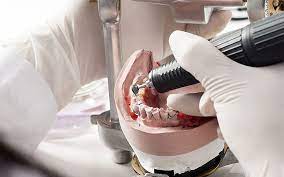Emergency medicine is a complex and dynamic field, and the ability to respond quickly and accurately to patient needs is essential. In recent years, many emergency departments have started leveraging big data to improve outcomes.
By collecting and analyzing vast amounts of patient data, it is possible to identify trends and correlations that can be used to develop better treatment plans, says the renowned emergency medical care expert Dr Michael Hilton.
Using Electronic Health Records for Improved Care
One of the primary ways that big data is being used in emergency medicine is through electronic health records (EHRs). EHRs can be utilized to store individual patient information in a central location, which makes it easier for care providers to access relevant information about patients quickly.
This not only helps reduce medical errors but also improves efficiency, as there is no need for multiple forms or paperwork.
Additionally, EHRs can provide useful insights into potential medical complications or risk factors that may not be immediately visible.
Analyzing Data for Improved Treatment Plans
Another way that big data has revolutionized emergency medicine is by enabling clinicians to analyze vast amounts of patient data in order to identify trends or correlations that may help inform treatment plans.
For example, Dr Michael Hilton by studying the outcomes of similar cases, doctors may be able to identify which treatments are more likely to result in successful outcomes and adjust their approach accordingly.
Similarly, large-scale analysis of patient data can also help healthcare providers better understand disease progression and design more effective preventive measures against certain illnesses or conditions.
Conclusion:
The use of big data in emergency medicine has had a tremendous impact on how healthcare providers are able to treat patients quickly and accurately. Moving forward, it will be interesting to see what other uses emerge as technology continues to advance—and how these advancements will further transform the field of emergency medicine.



